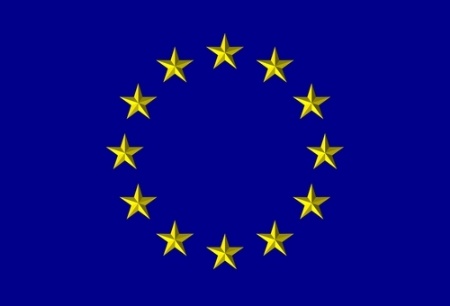Staff responsible for U-Multirank – to be published for the first time in March – discussed details of the project at the World-Class Universities conference, held by Shanghai Jiao Tong University from 3 to 6 November.
Adam Tyson, head of higher education and Erasmus at the European Commission, said U-Multirank – which is funded by the Commission, the EU’s executive body – would “help to recognise diversity and excellence in different forms”.
The ranking would be about more than research performance, taking into account indicators such as “quality of teaching and learning” as well as knowledge transfer and contribution to regional development, he told the conference in Shanghai, where Times Higher Education was also among the participants.
It was “important not to produce league tables”, Mr Tyson said. He argued that it was important for governments to be able to understand their institutions and their higher education systems to meet policy challenges.
Gero Federkeil, U-Multirank coordinator, confirmed that around 650 institutions had registered for participation.
From those a “full data set” has been obtained “for more than 600 institutions”, he said.
“In addition to that we will include the top research institutions based on bibliometric analysis from our colleagues in Leiden [the CWTS Leiden Ranking],” Mr Federkeil added.
As the bibliometric and patent data on top research universities already exists, this element “does not require the active involvement, participation, of universities,” he continued.
U-Multirank has secured involvement from 15 US institutions. The ranking aims to build worldwide participation in future years progressively.
Mr Federkeil said there would be a “pre step to the ranking”, involving a U-Multirank “tool to identify comparable institutions” based on factors such as student population or “international orientation versus regional orientation”.
Then, users “will define in which type of profile of institution he or she is interested”, he added.
And in the final step, “there will be a ranking amongst this particular institutional profile. This means we will not have one long list of some thousand institutions with very different profiles.”
Users could choose “different combinations of selection criteria” which would tailor their ranking results to their individual interests, Mr Federkeil said.
View the Times Higher Education World University Rankings 2013-2014
Register to continue
Why register?
- Registration is free and only takes a moment
- Once registered, you can read 3 articles a month
- Sign up for our newsletter
Subscribe
Or subscribe for unlimited access to:
- Unlimited access to news, views, insights & reviews
- Digital editions
- Digital access to THE’s university and college rankings analysis
Already registered or a current subscriber?




